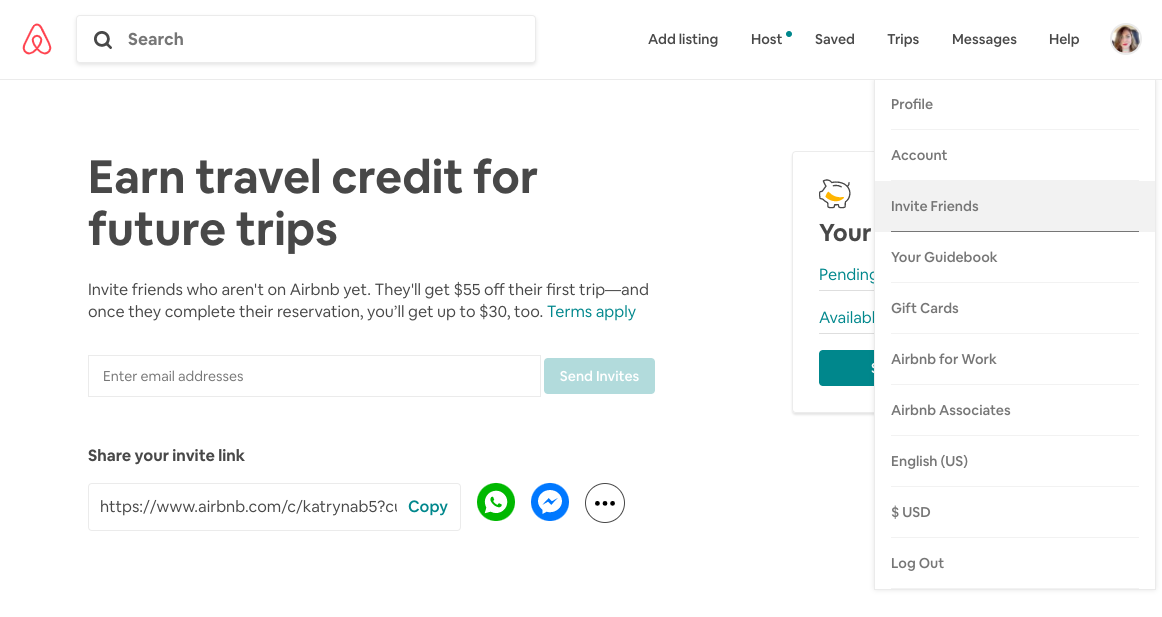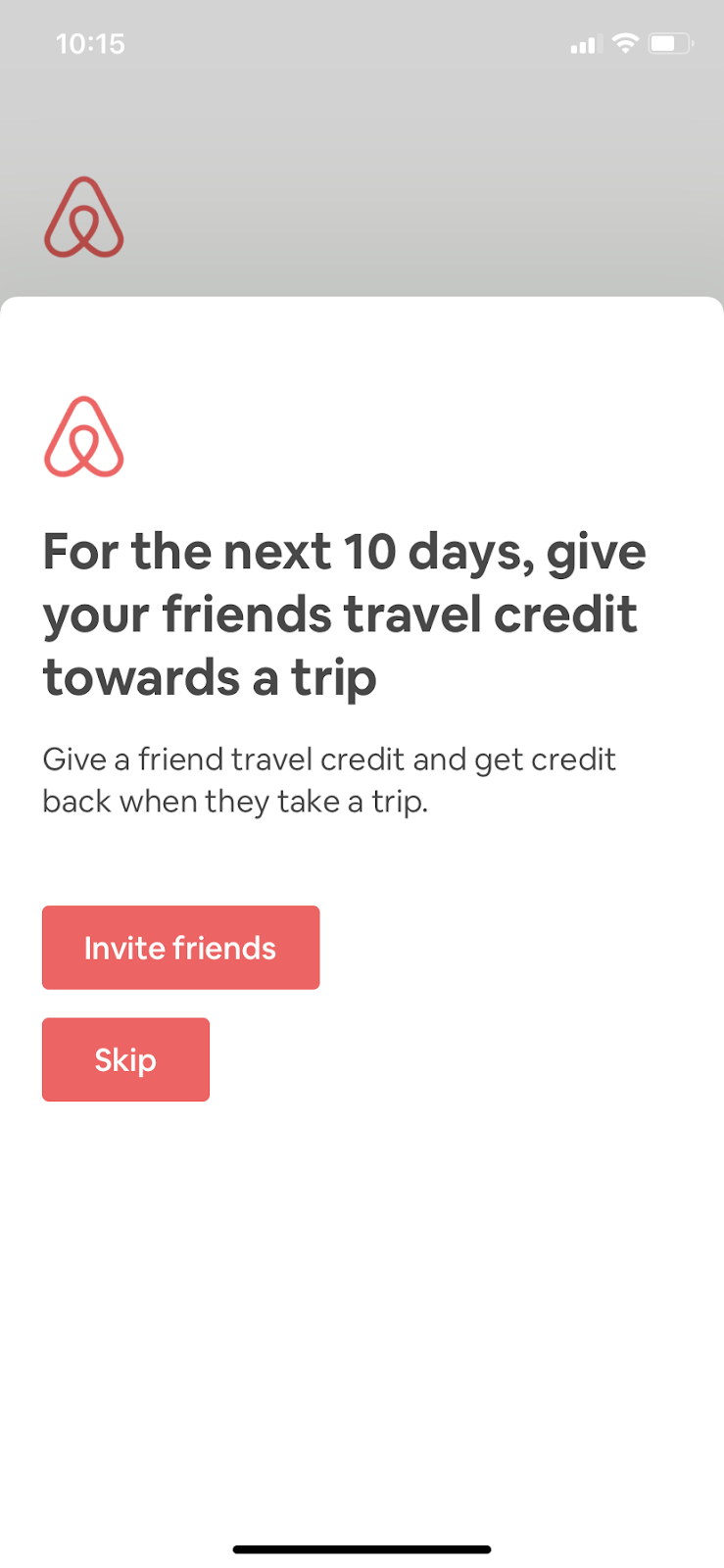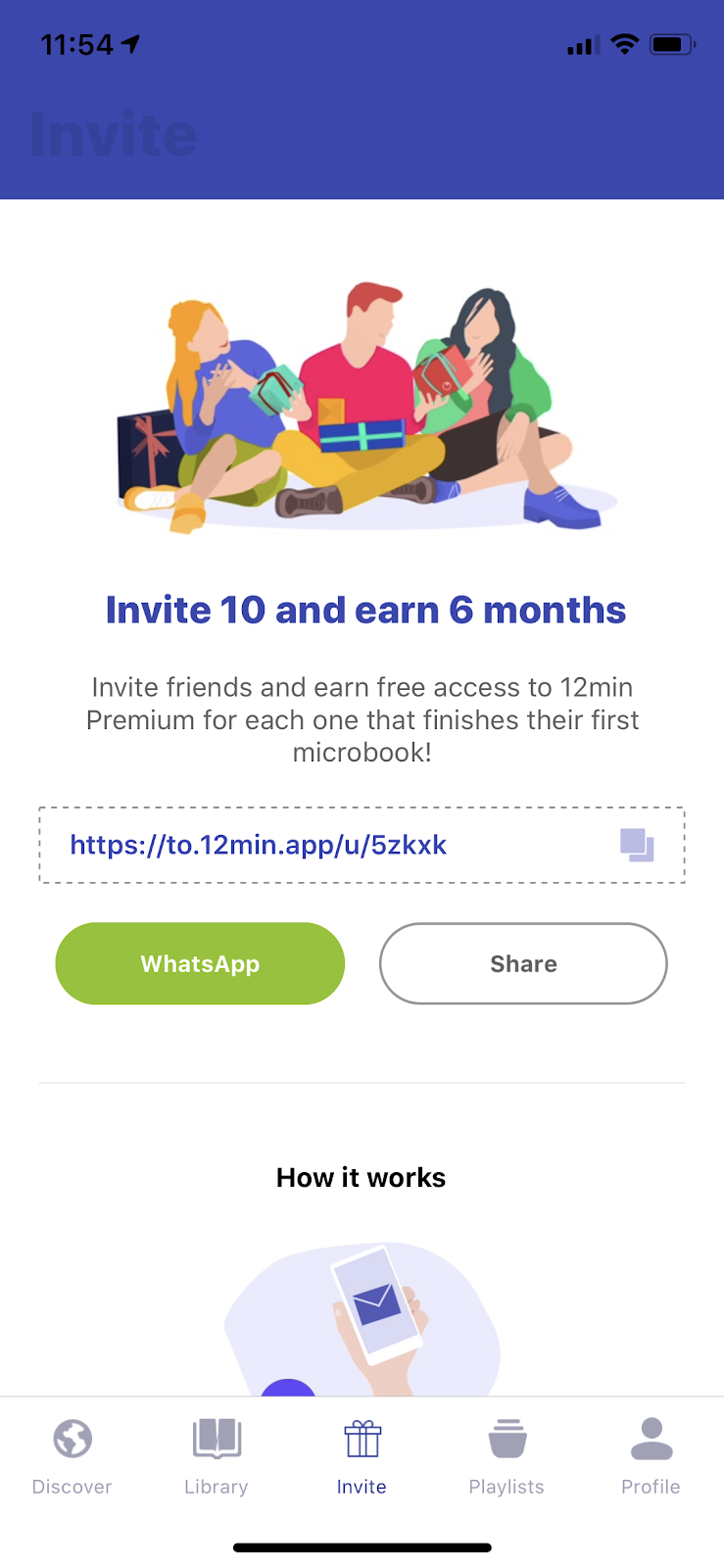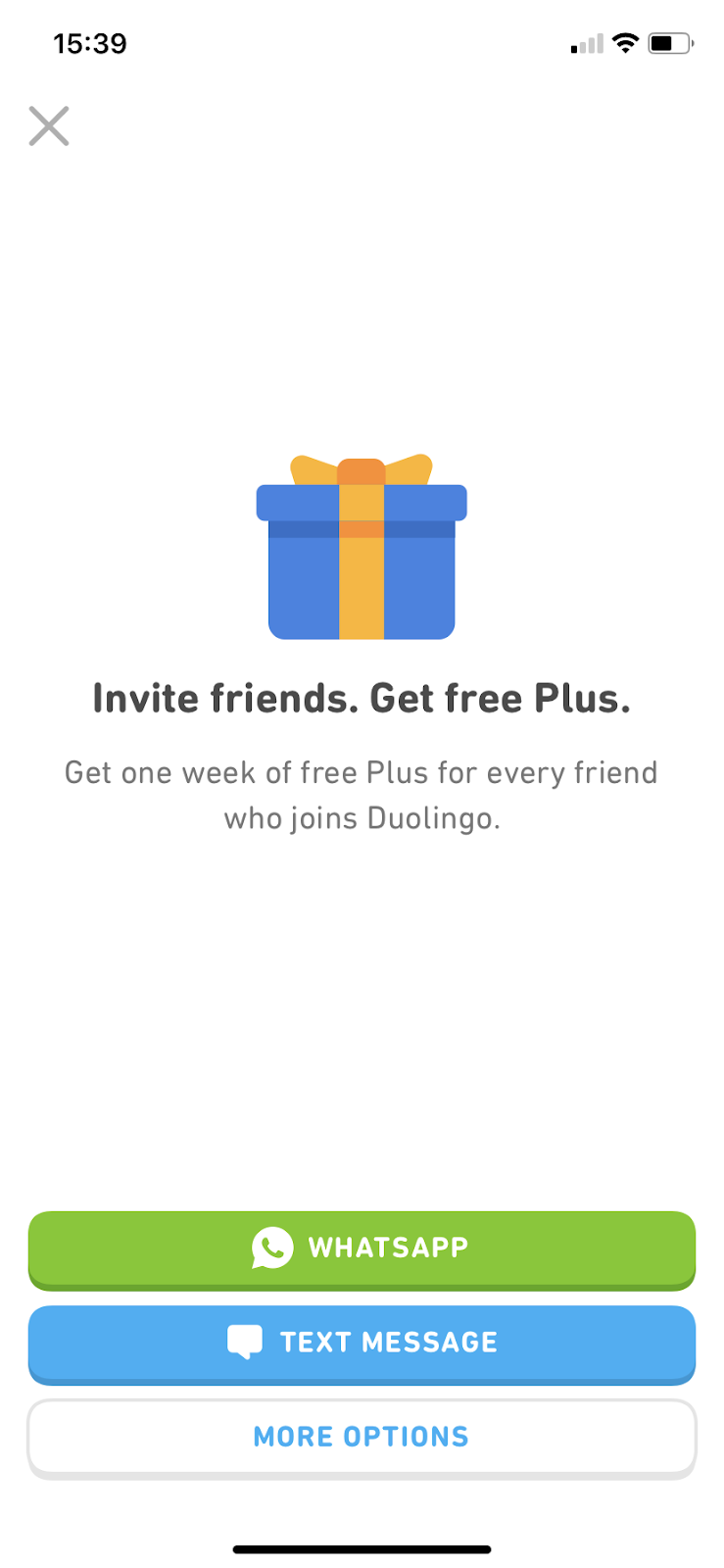5 compelling user referral campaign examples

.png)

.png)
Think about the purchases you’ve made within the past year. How many were influenced by a recommendation? Research shows consumers are 4x more likely to make a purchase from a company recommended by a friend. This shouldn’t surprise anyone, as it’s human nature to trust the judgement of people we know far beyond even the cleverest of advertisements.
For these reasons, customer referrals are arguably the most valuable form of marketing. They provide brands with high-quality leads already primed for conversion at a fraction of the cost of traditional marketing. A recent study conducted by Nielsen highlights even more compelling reasons to focus efforts on referral marketing:
Let’s explore exactly what you need to do to turn your customer referral program into a powerful conversion engine.
A successful referral program requires 2 things:
Let’s assume you’ve already spent time iterating and optimizing your product and have strived for a first-class user experience. (If you need help in that department, check out ReallyGoodUX for tips and inspiration).
That leaves us focused on the uncomplicated referral process.
You want to make it as easy as possible for users to refer your product to friends and family. To do this, you need to:
Now that you have the strategy down, let’s learn from the best by taking a look at real-life examples of some flawless referral requests:
Airbnb recognizes the importance of referrals, which is why they strategized a cross-channel campaign to target their power users.

On desktop, the referral request in the dropdown is subtle; users are left to discover that opportunity on their own. On mobile, however, Airbnb used a fullscreen modal to create a sense of urgency, and even putting a 10-day timestamp on the deal.

Airbnb’s strategy highlights the importance of having a cross-channel referral program strategy that takes into consideration how the message needs to adapt for each platform.
Fintech app Acorns' referral request is simple yet effective. The full-screen mobile modal grabs the user’s attention with its straightforward appeal—refer 4 friends and get $250. Who doesn’t want $250?

Acorn combines the compelling offer with a time limit (“this month”) so users know to get a jump on it. Finally, the CTA makes it exceedingly easy to complete the referral process and collect their prize.
12min chose to make referral a standard feature of their app experience. The “invite” section is at the center of their navigation bar and there’s a whole page highlighting the benefits users get for referring their friends.

By including an easy-to-copy referral link and combining it with multiple share CTAs breaks down all barriers to spreading the word.
Ritual (the multivitamin company you've seen all over Instagram) does a clever job at working their referral offer right into their email template. This is effective because it gives customers ample opportunities to capitalize on the offer. Perhaps they weren’t ready the first time they saw it, but the subtle reminders over time are sure to have a positive impact.

When taking this approach, it’s important to keep the offer as straightforward as possible so it catches the user’s attention as they move down the email. Short and sweet copy combined with a CTA will do the trick.
Duolingo offers power users a free week of the paid version of their app. Not only is this a persuasive offer, but it also is a clever way to introduce their premium app to a wealth of potential new customers.

As far as the message itself, the full-screen takeover is an effective way to grab a user’s attention. Duolingo keeps the copy straightforward and really nails it with deep-linking CTAs that take users directly to WhatsApp or text.
Fintech app Albert takes a very unique approach to referral requests with a tiered system. The more referrals that join the app, the more money a user can make—all the way up to $1000.

Seeing what you can earn by simply referring a friend is enticing. From Albert’s perspective, they understand how valuable referrals are so don’t mind shelling out the cash in exchange for high-quality leads.
Creating and maintaining a healthy customer referral engine is an existential challenge many marketers face. But it’s even more difficult for app marketers who may not have any personal relationship with the end user—one of the side effects of a low-touch approach.
That’s why it’s imperative that you let your app do the talking by offering an exceptional experience. At the end of the day, whether in-app or in-person, an exceptional experience is what really drives people to spread the word.
The referral request is a way to incentivize users to take the next step, but they’ll only be willing to do so once you’ve proven your product’s worth.